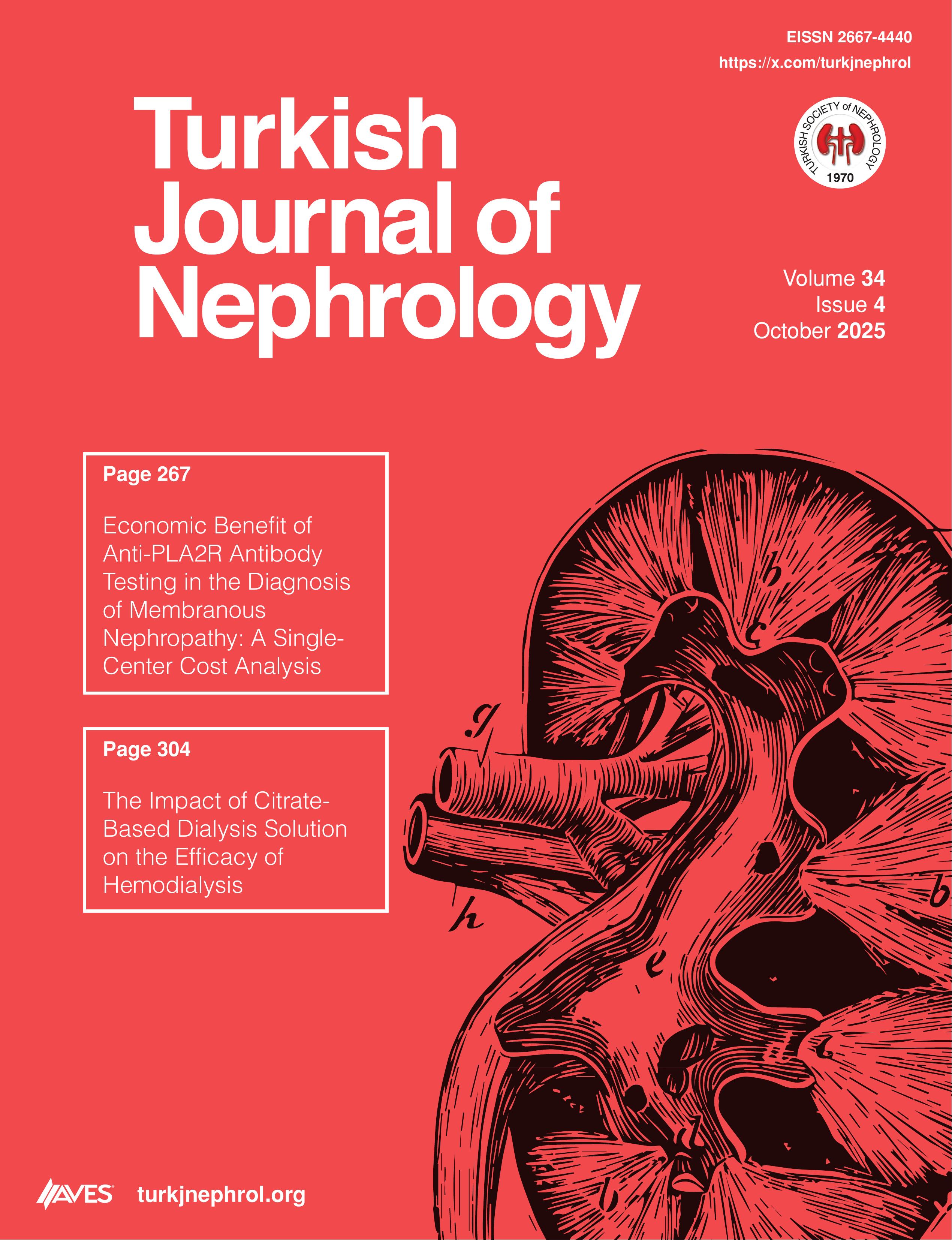Background: Bone morphogenetic proteins (BMPs) are growth factor proteins with various developmental and functional roles. They are associated with chronic kidney disease and vascular alterations such as atherosclerosis and calcification. In kidney transplantation, BMP 2 has been associated with delayed graft function, while downregulation of BMP 2, 4, and 6 in kidney grafts has been associated with interstitial fibrosis and atrophy. Rhis study was designed to investigate the associations of recipient artery BMP expression with long-term kidney allograft loss and mortality.
Methods: A prospective cohort study included 58 kidney transplant recipients from January 2012 to March 2013, monitored for up to 10 years. Bone morphogenetic protein expression in recipient epigastric arteries was evaluated using immu- nohistochemistry. Selected outcomes included death-censored graft loss (DCGL), death, and a composite endpoint (graft loss or death). Data were analyzed using t-tests, chi-squared tests, logistic regression, and Kaplan-Meier survival analysis.
Results: At 5 years, 88% of patients survived, with 81% maintaining graft function. BMP4m and BMP6m positivity were associated with 100% survival and graft function at both 5 and 10 years. At 10 years, 74% of patients survived, with 67% maintaining graft function. BMP4e staining was associated with better composite outcomes at 10 years. No significant associations were found between BMP expression and DCGL or death. Notably, older age at transplantation and lower creatinine clearance at 1 year post-transplant were linked to higher rates of adverse outcomes.
Conclusions: This study suggests that BMP expression does not correlate with long-term outcomes after kidney transplantations. Although BMP4 expression in the endothelium was associated with survival and graft function at 10 years post transplant in this cohort, this correlation was lost when adjusting for other factors. Further research with larger cohorts is needed to validate these findings and explore the potential prognostic roles of BMPs in kidney transplantation.
Cite this article as: Atić A, Gulin M, Hudolin T, et al. Association of the expression of BMP subtypes in recipient epigastric arteries and longterm outcomes after kidney transplantation. Turk J Nephrol. 2025;34(3):206-212.

.png)

.png)

.png)
